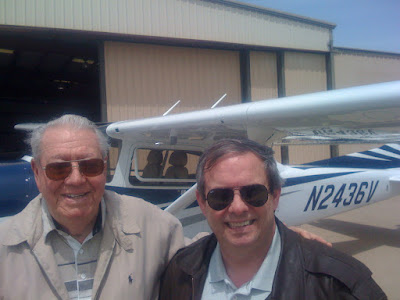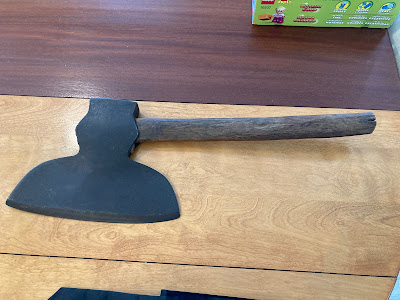31 Mar 23:
MANAGING PRACTICAL DRIFT
What is the problem? Each year, workers are injured or killed and post incident investigations have often led to the identification of human factors (i.e., human characteristics that influence behavior) as contributing to the cause of the incident. In these cases, system workers may have failed to follow safety procedures and/or did not use safety equipment that could have either prevented the incident from occurring or lessened the extent to which they were injured. What is it that leads workers to engage in behaviors that are not safe? One explanation is by a process known as Practical Drift which is described as, “the slow uncoupling of practice from procedure.” Post pandemic another explanation is that increasing production goals slowly drift away from perceived protections. What may have worked before may not work as well due to massive changes in workforce experience, and practiced professionals may not be quite as practiced as they were before.
In closely coupled systems of high reliability organizations, a failure of one safety net could result in a catastrophic mishap. Team resource management practices are one effective mitigation, buoyed by robust communications across all teams and information sharing.
The following are some of the reasons why Practical Drift can occur. Some may seem absurd, but all must be considered:
• Bad habits, (i.e., “we’ve always done it this way”)
• Seasoned workers relying on experience rather than written procedures - Consider in person training or e-briefs over bulletin training
• Changes in procedure without authority
• Over-confidence
• Complacency
• Belief that working faster is appreciated - "On Time" metric focus over safety metrics.
• A lack of belief in “safety first” - Regulatory agencies, executives and management must set the safety tone
• Employees lacking knowledge or necessary skills
• Expediency, (i.e., a belief that work is done faster when corners are cut) - It is faster to do a job once correctly versus twice
• Competition to outperform other employees or other organizations
• Defiance, attitude, and/or emotions - The safety culture must permeate the entire industry, from the newest employee to the most seasoned regulator or legislative authoritty.
• Lack of focus - Employee health and wellness must be valued
• Laziness
Safety management systems do not need to be complex, this Old Salt Capn Jack managed a 5 Star safety program at a large chemical company with a first generation digital camera and powerpoint.
What can be done about Practical Drift?
1. Engage employees in a manner that could lead to a more profound sense of mindfulness in their work. Create work that considers protections to be a key component of efficient production. One mishap can wipe out years of potential profit.
2. Increase safety awareness through conversations and dialogue with and between all levels, from senior leadership down, through and including every employee. Eliminate silos within companies and across sister organizations. We're only as good as the weakest link in the chain mail. Creative collaboration is in order.
3. Engage employees at all levels in conversations about Practical Drift. Employees must be educated and made aware of Practical Drift if they are to identify, understand and be willing to address it when it occurs in themselves and others within the entire system. Communications are circular, employees expect and deserve feedback on safety reports and improvement recommendations.
4. Take time to build quality relationships in the workplace across all levels. Risk management communications should be engaging and frequent.
5. As the Marines say, Gung Ho - Work together.
Adapted from the Shortline Safety Institute's online resource, as part of their campaign to continuously improve rail safety.
FMI:
Contact our team if you're looking to set up a Safety Management System, we have a few decades of award winning programs to draw experience from.
Fly Smart,
Clark and Skipper
(850) 449-4841























